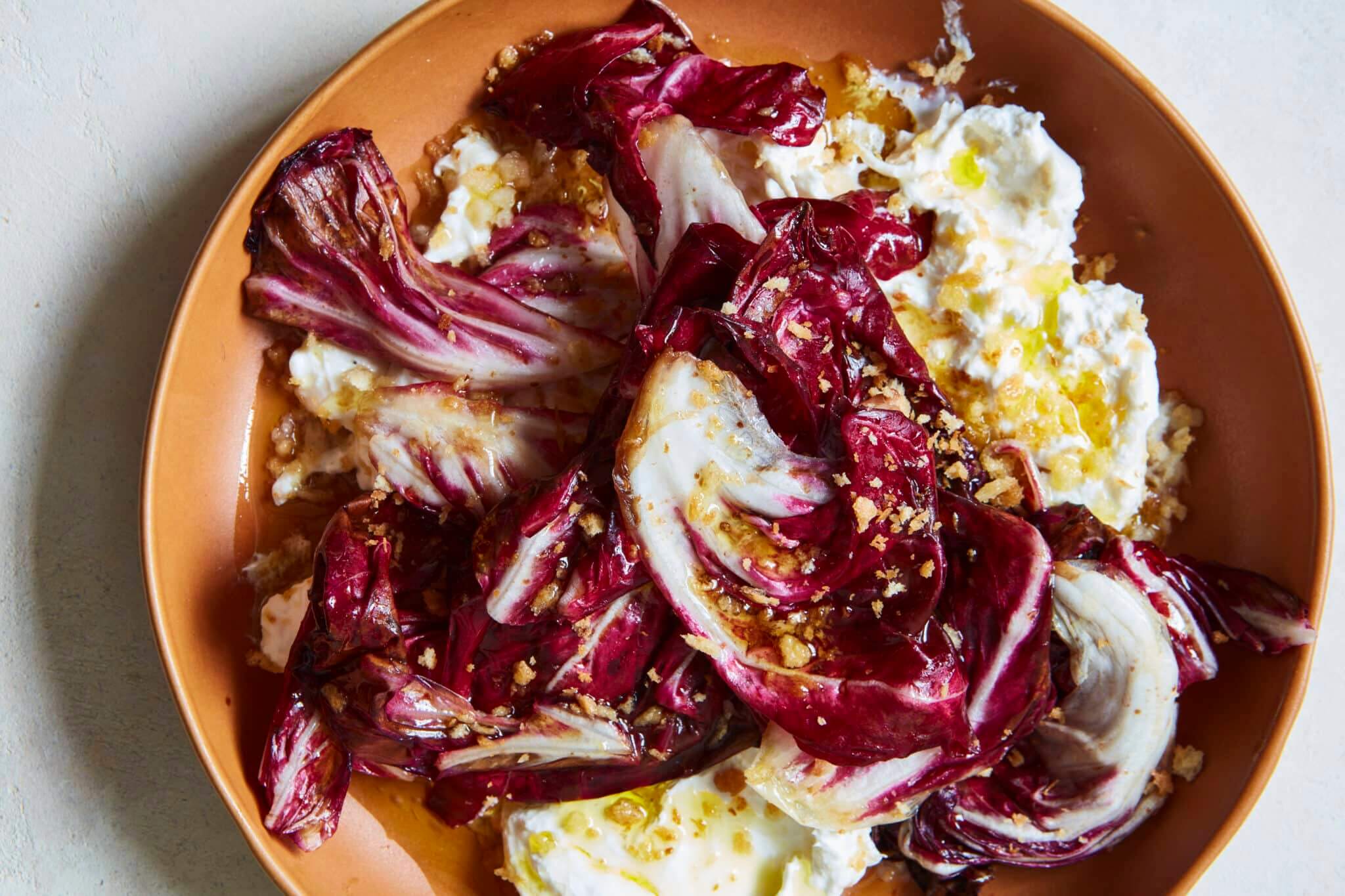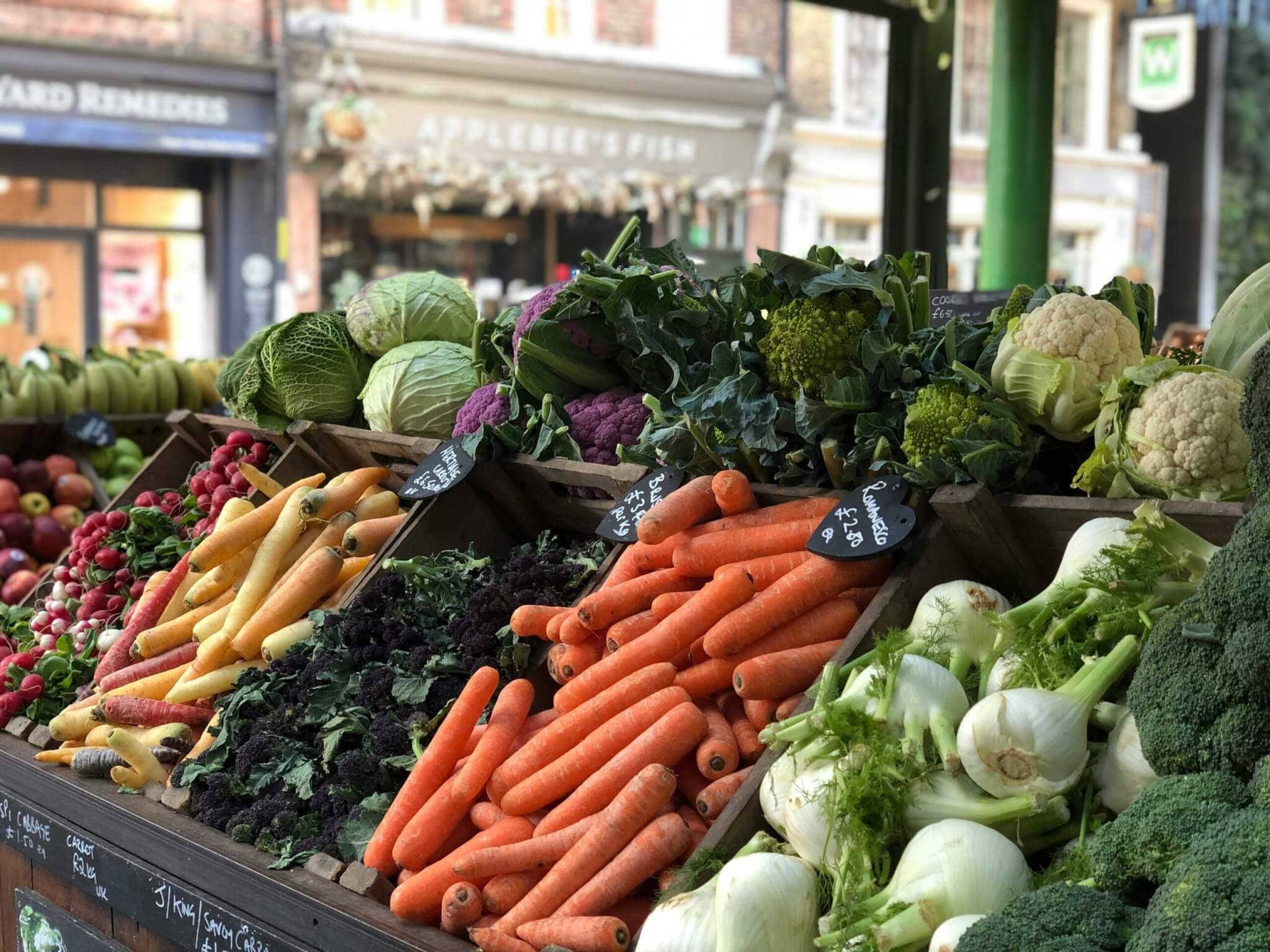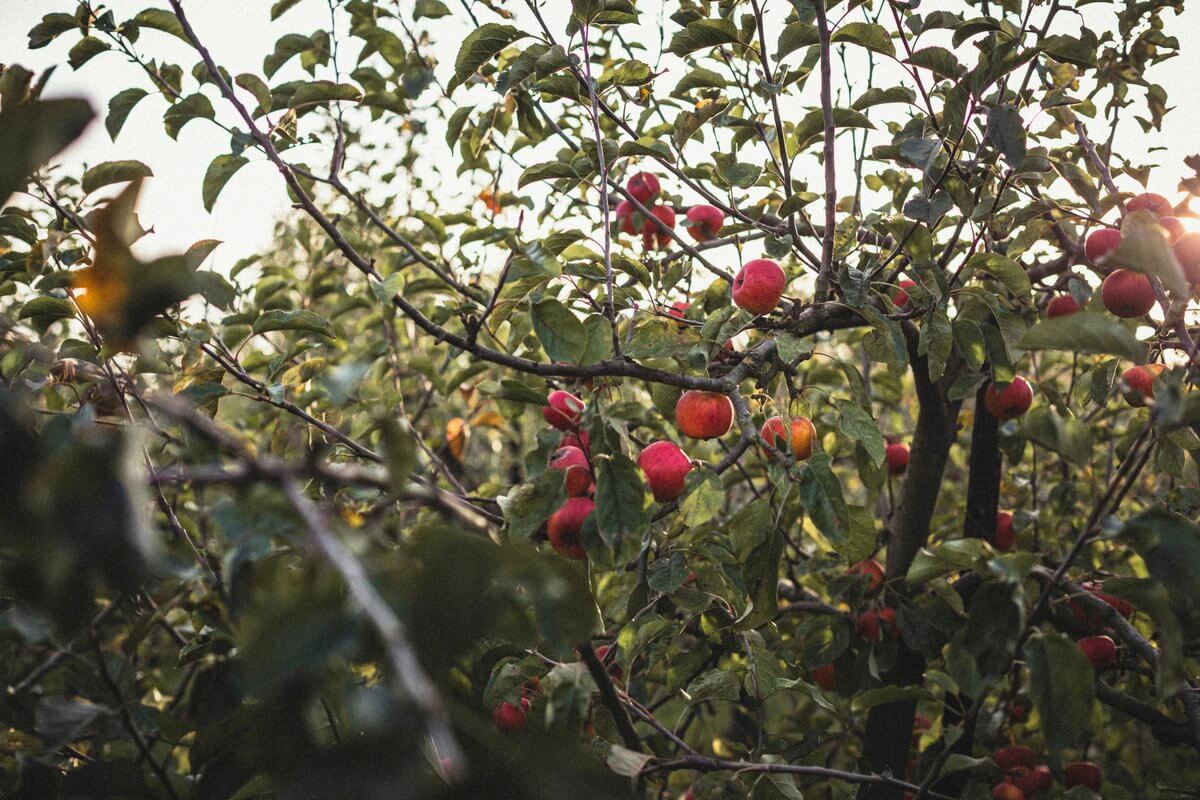Why should people consider bitter flavours?
The addition of some bitter flavours in a dish can yield food that is moreish and more interesting to eat. A dish that has saltiness, sourness, bitterness and sweetness, all in balance, is sure to excite the tastebuds on our tongues more than something that is one-note.
What are your favourite foods to cook with that bring a bitter flavour?
It has to be bitter leaves, tahini and walnuts. Bitter leaves – ranging from milder spinach to bitter, vibrant radicchio – are often interchangeable in cooking and wonderfully versatile, too: they can be eaten raw, briefly wilted, added to soups, stews and curries, or used as a filling in quiches, breads (e.g. Turkish gozleme) and pies (e.g. Greek spanakopita). I cook with them most days.
Meanwhile, you’ll always find tahini and walnuts in my food cupboard. Tahini brings forth a subtle, creamy bitterness, and is particularly brilliant for vegetarian and vegan cooking because it contributes protein and substance to dishes. A simple tahini sauce pairs well with so many things: a crisp chopped salad, a plate of grilled vegetables, a platter of roast chicken. Toasted walnuts deliver a slightly more assertive bitterness (as compared to tahini), and add wonderful textural contrast when sprinkled over salads or pasta dishes.
What are the health benefits?
The virtue of eating our greens is perhaps broadly accepted these days, but it’s good to be reminded of all the good things that dark leafy greens can offer us: vitamin C (for healthy skin, hair and immune system), vitamin A (for vision), vitamin K (for strong bones) and magnesium (critical to the proper functioning of the muscular and nervous system). In fact, bitterness in vegetables often correlates with their nutrient density.
British-grown bitter leaves are in season throughout autumn and winter – what are your favourites and how do you cook with them?
Black kale (cavolo nero) is a bitter leaf that I turn to repeatedly. It thrives at both ends of the cooking spectrum: left raw or cooked low’n’slow, with lots of olive oil and garlic. It’s also great added to soups and stews. Finally, the radicchio family: I appreciate the colour and shapes that these bitter leaves bring us once the excitement of the Christmas period is behind us. They are strong, and bracing, and crunchy – perfect as a salad leaf in my book, but you can also wilt them briefly in some olive oil. Radicchios can, of course, handle a little sweetness in the form of a touch of white balsamic vinegar or a dressing sweetened with a little honey, but they also pair beautifully with strong savoury flavours such as rosemary, pork and anchovies, as well as dairy (burrata, creme fraiche, parmesan).
Bitter by Alexina Anatole (Penguin, £27) is out on 28 September.









Interesting idea for book, Jennifer McLagan’s 2015 book “Bitter” is a classic, worth looking for in the second hand market
Sounds great, thanks for the tip David.
I don’t do Instagram (or Facebook or Meta or Twitter or whatever they are called now) but even dinosaurs like to enter competitions, or more correctly Prize Draws, which this is). Any chance of accommodating us in future?
Hello, you are not alone in this wish. We will definitely think on this. It just happens to be the easiest place to run competitions, but we absolutely hear you on that.
I search in vain for bitter salad leaves such as chicory, which we love, in the Riverford shop. The nearest actual shop that sells it is a bus ride away, and it isn’t organic. Any hope?